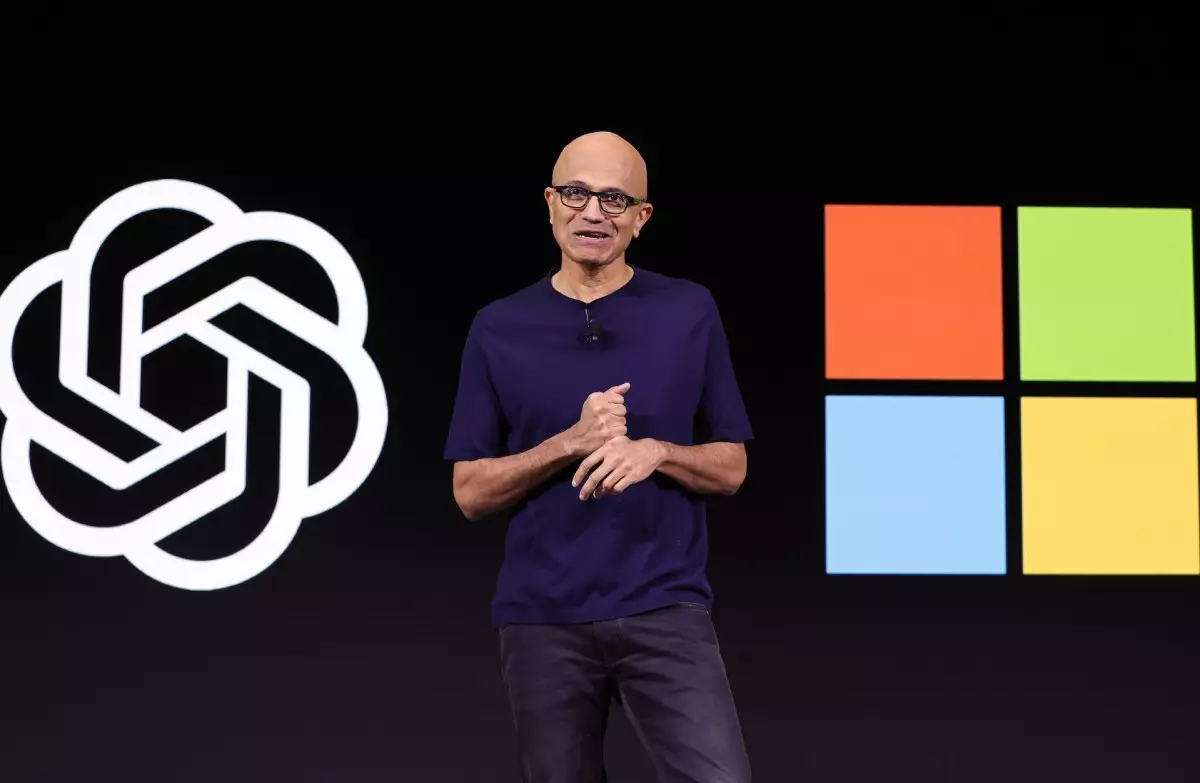Artificial General Intelligence (AGI) has long been a subject of fascination and speculation within both technological and philosophical circles. Recently, however, a new narrative has emerged that complicates the traditional understanding of AGI: the intertwining of its definition with profitability. A recent report from The Information sheds light on a peculiar agreement between Microsoft and OpenAI that suggests their version of AGI is measured by financial gain rather than the capacity of AI systems to exhibit human-like cognitive abilities.
According to the report, the threshold for OpenAI to be considered as having achieved AGI is to generate a staggering $100 billion in profits. This contrasts sharply with wider conceptions of AGI, which emphasize technological capabilities, such as the ability to learn across domains, reason, and adapt in a dynamic environment. The divergence in definitions raises questions about the future trajectory of AGI development, particularly on what parameters should be prioritized. Rather than focusing on innovation and ethical considerations, the partnership appears to skew towards a profit-driven model, one that might inhibit some of the more noble aspirations of AI advancement.
This profit-centric definition of AGI has significant implications for both OpenAI and Microsoft. Reports indicate that OpenAI is set to lose billions in the current financial year, underscoring the challenges of achieving profit in an evolving tech landscape. The startup has informed its investors that profitability may not be realized until 2029, suggesting that the road to AGI—at least by this specific criterion—could be significantly prolonged. The potential timeline for Microsoft losing access to OpenAI’s technology is now extended; it could remain locked in for a decade or longer, leading to strategic advantages but also imposing constraints on innovation.
The recent release of OpenAI’s o3 model has sparked discussions regarding its implications for AGI. While some commentators argue it represents a tangible step towards achieving AGI, a closer inspection reveals that the model comes with considerable compute costs. This relationship between technological advancement and costs could act as a roadblock in their quest for profitable AGI. If developing AGI becomes economically untenable, the partnership may find itself at a crossroads—continue to pursue advanced AI systems at the risk of financial strain, or revert to models that prioritize profitability over progress.
The Microsoft and OpenAI partnership exemplifies a growing trend within the AI industry; profit generation often trumps technological innovation and ethical considerations. The primary focus on financial outcomes could steer developers away from critical discussions about the ethical use and potential risks associated with AGI. As AI becomes increasingly integrated into society, it is essential that stakeholders broaden the dialogue surrounding AGI to include not just profitability but also accountability, societal impact, and the philosophical implications of creating truly general intelligence.
While profits are undoubtedly crucial in the technology sector, tethering AGI’s definition to a monetary benchmark undermines its potential evolution. The implications of such a narrow focus resonate well beyond the walls of corporate partnerships—shaping the future landscape of AI innovation and societal integration.

